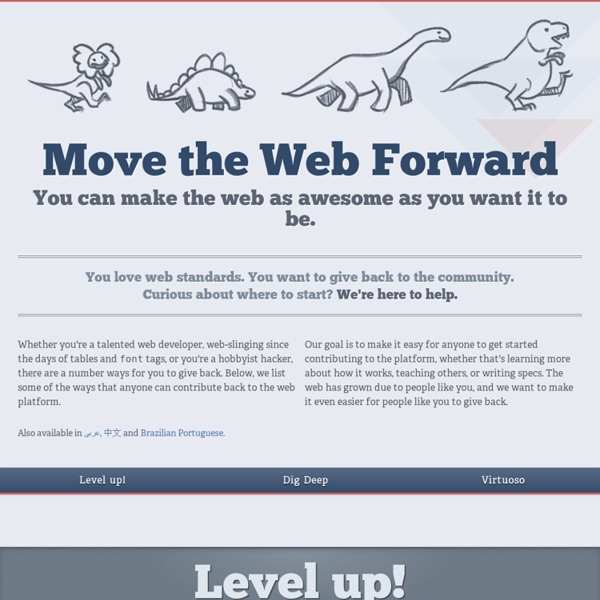Police in North Carolina Patrol in a Corvette
The nonpolice version of the Corvette Z06. Speeders in Wake County, N.C., will have to go pretty fast if they want to outrun the police department’s latest interceptor — a Chevrolet Corvette Z06. The Wake County police recently seized the Corvette from a drug dealer, said David Cooke, the county manager, according to the News & Observer.
Case Study: Building the Stanisław Lem Google doodle
Hello, (strange) world The Google homepage is a fascinating environment to code within. It comes with many challenging restrictions: particular focus on speed and latency, having to cater to all sorts of browsers and work under various circumstances, and… yes, surprise and delight. I’m talking about Google doodles, the special illustrations that occasionally replace our logo.
HTML5 is not ready yet – and will never be (and that is a good thing) – HTML5 Question #1
One of the big questions I repeatedly got at events lately is this: Is HTML5 ready yet? The answer is no, because HTML5 is not a bowl of spaghetti that you know when they are ready by flinging them against the wall.
10 Creative About Me Pages
The “About” page is very important in web design as it is usually the most read page on the website. Not many people actually consider it important and many fail to make it beautiful, interesting and creative. As a designer, it is a must to have a well written, attractive About page because it is responsible of creating a relationship with your audience and probably with your future clients. Here is a list of 10 really well designed About me pages.
Insisting on Core Development Principles
The web community talks a lot about best practices in design and development: methodologies that are key to reaching and retaining users, considerate design habits, and areas that we as a community should focus on. Article Continues Below But let’s be honest—there are a lot of areas to focus on.
Egocide and suicide | The Psychology of Me
Lately, I’ve been thinking about egocide. (Why does my autocorrect want to change that to “geocode”??) I’m at the end of my rope and climbing back up is not an option. I’ve got to change. Drastically change.
bost.ocks.org
December 27, 2014Mapping Every Path to the N.F.L. Playoffs December 20, 2014How Each Team Can Make the N.F.L.
The 10 best new web design tools in May
No one enjoys debugging their work, so this month we've collected up a few tools that make it a bit easier. There's CSS Dig, a Chrome Extension that exposes your CSS in a useful format so you can poke around and find inconsistencies; ES Feature Tests, which you might see as an alternative to caniuse; and Vorlon.js which helps you to test your code on lots of devices. Don't miss this



